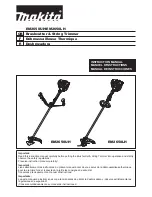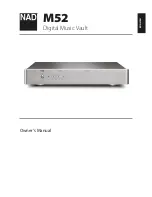
HYDROBOX
™
Operations and Maintenance Manual
For echo sounders, the distance actually traveled is two times the distance to the seafloor from the source
transducer (from the transmission source, to the bottom and back again). This results in a significant
source of signal loss for the system receiving the sound pulse, which must be compensated for at the
receiver. Typically a Time Varied Gain (TVG) amplifier is used to correct for spherical spreading loss in
an acoustic receiver. A TVG amplifier works by applying an increasing amount of gain to the return
signal as time of travel increases.
Attenuation Loss
Attenuation of sound energy in the oceans comes from three factors: absorption, scattering (or
reverberation) and bottom loss. Sound absorption takes place at two levels; one, absorption in the actual
seawater medium, and two, absorption into the seafloor. Primary causes of absorption are viscosity and
thermal conductivity in the molecules of water as the sound travels. At the molecular level, absorption is
primarily related to frequency. At high frequencies- 500 kHz, for example, a loss of 0.14 dB/meter
occurs in seawater, while at 50 kHz the loss is only 0.014 dB/meter. This is a major concern when
selecting a transducer required to meet specified depth criteria. A graph showing the attenuation loss
versus frequency is shown in Figure 1-1.
Figure 1-1 Absorption Coefficient Versus Frequency
INTRODUCTION 1-3
©
2006 SyQwest Incorporated
Содержание HydroBox
Страница 2: ......








































